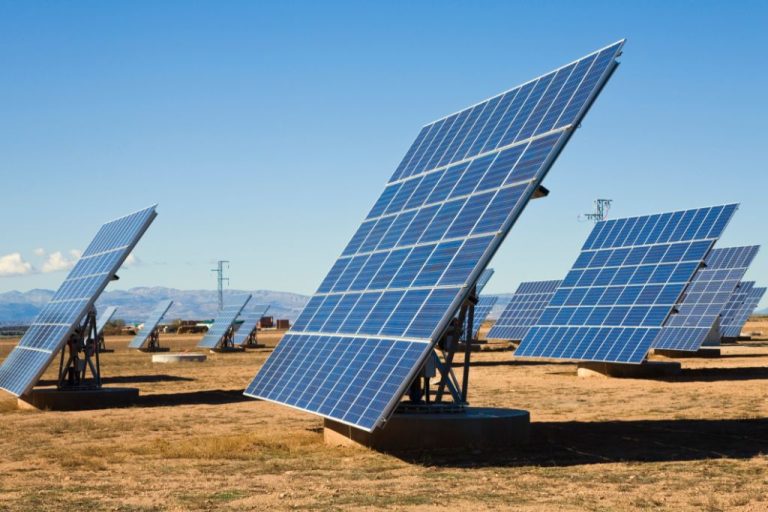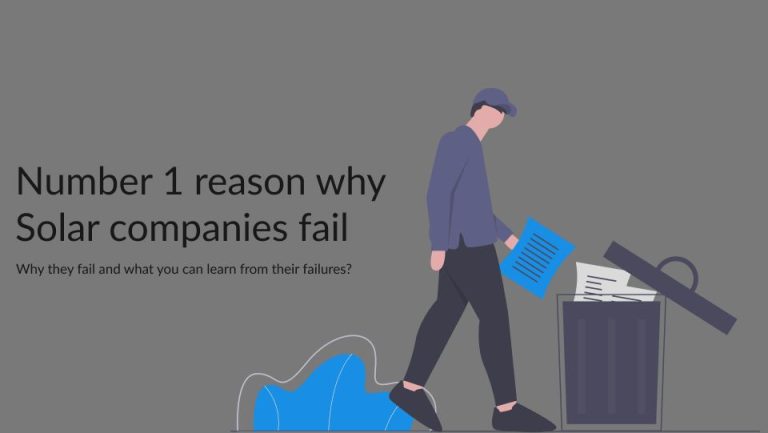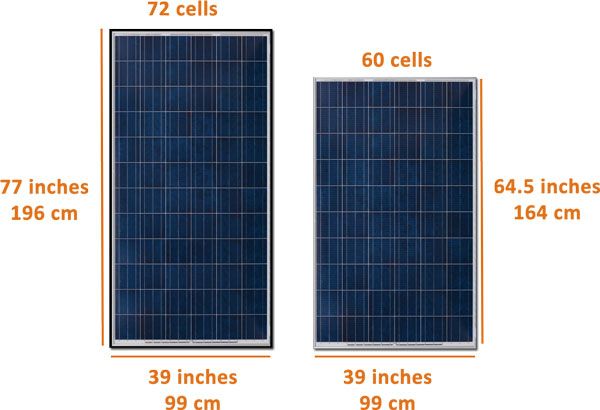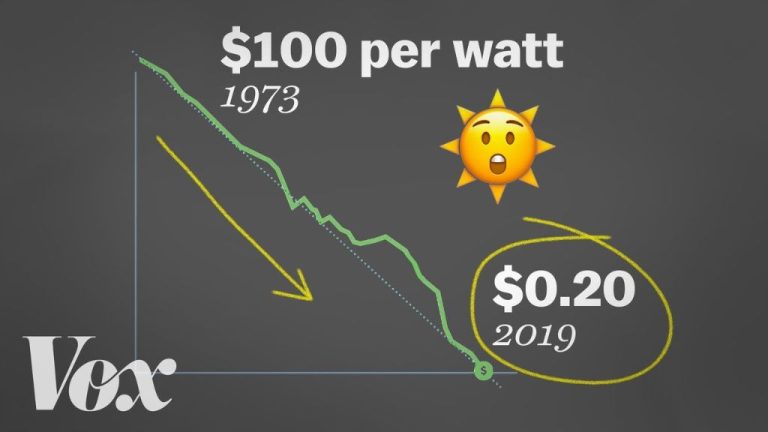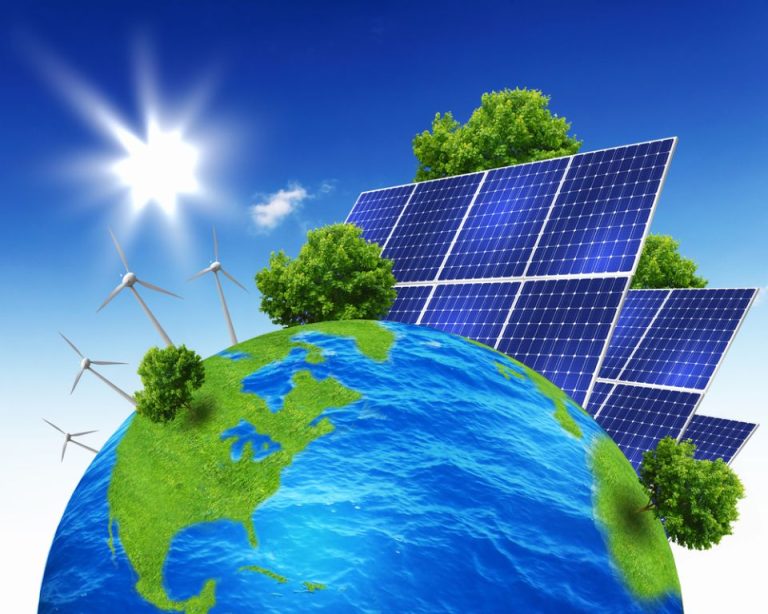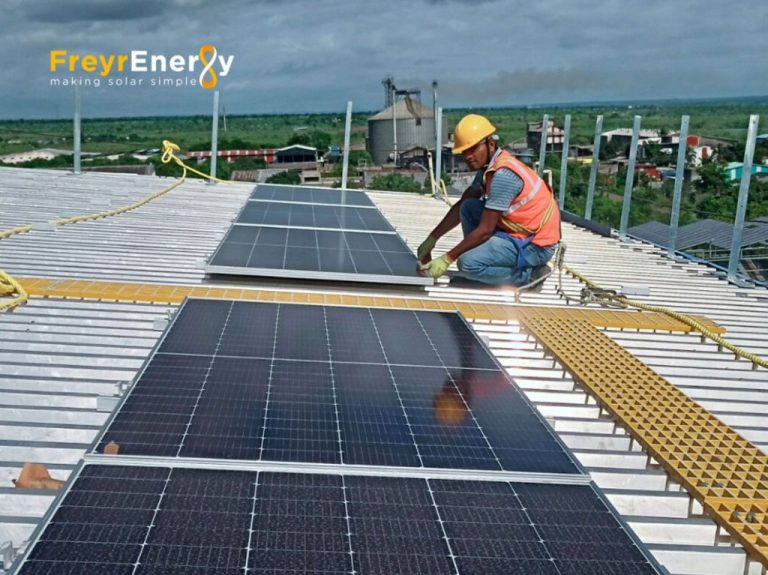How Do You Use Solar For Cooking?
Solar cooking is the process of cooking food using the sun’s energy as a heat source instead of conventional cooking fuels. It offers a sustainable, clean, and environmentally-friendly alternative to traditional stoves that use firewood, charcoal, or gas.
The benefits of solar cooking include reducing deforestation from firewood collection, lower greenhouse gas emissions, and reducing household air pollution which causes nearly 4 million premature deaths annually according to a recent study. Solar cooking allows food to be prepared without electricity or other fuels.
Solar cookers work by concentrating sunlight onto a small cooking area using mirrors or reflective panels. The sunlight is converted to heat energy which is retained within the cooking vessel. In this way, temperatures hot enough to cook food can be achieved passively without burning fuels.
History of Solar Cooking
Solar cooking technology started with the invention of box-type solar cookers. The first solar box cooker was invented by Horace de Saussure in 1767 (https://vignette.wikia.nocookie.net/solarcooking/images/d/dd/All_Time_Operating_Solar_Cookers_for_Indoor_and_Outdoor_Cooking_Joshi.pdf/revision/latest?cb=20170125040302). Saussure used a wooden box lined with several layers of glass to trap heat from the sun. This created an oven-like environment inside the box that could reach temperatures high enough to cook food.
In the 1800s, Auguste Mouchout designed larger parabolic solar cookers that used curved mirrors to focus sunlight into a cooking vessel. These designs were able to reach higher temperatures and cook food faster.
The 1950s saw innovations in inexpensive, lightweight materials used to build solar cookers. Cardboard, aluminum foil, and plastic were used to create affordable and portable box cooker designs. This allowed solar cooking technology to be adopted more widely around the world.
Today, solar cookers use a variety of designs like parabolic concentrators, evacuated tube collectors, and hybrid systems that combine electric or gas heating elements. Materials like glass, aluminum, and polymers allow solar cookers to be more durable and efficient at transforming sunlight into usable heat for cooking.
Types of Solar Cookers
There are several main types of solar cookers that can be used for cooking food using the power of the sun.
Box Cookers
Box cookers are one of the most common types of solar cookers. They consist of an insulated box with a glass or plastic lid on top. The box helps trap heat from the sun inside to cook food. Box cookers can reach temperatures of around 300°F and work well for cooking foods like rice, vegetables, and baked goods Solar Cooking Wiki.
Panel Cookers
Panel cookers use reflective panels to focus sunlight onto a cooking pot. The panels can be curved to further concentrate the sunlight. Panel cookers are easy to transport and can cook faster than box cookers. However, they may be less efficient in diffuse light conditions Solar Cooking Wiki.
Parabolic Cookers
Parabolic cookers use a curved dish to focus sunlight into a small beam. They can reach very high temperatures, often over 400°F, capable of frying and grilling food quickly. However, parabolic cookers require more frequent adjustment to track the sun and can be prone to burning food if not monitored closely.
Hybrid Cookers
Hybrid solar cookers combine elements from multiple cooker types, such as a box cooker with reflectors from a panel cooker. This allows hybrids to take advantage of different features and cooking modes. For example, a hybrid may bake like a box cooker or fry like a parabolic cooker.
How Solar Cookers Work
Solar cookers convert sunlight into heat energy that can be used for cooking. They work by using reflectors and insulation to trap the sun’s thermal energy.
The reflectors concentrate sunlight onto a dark-colored cooking pot. Dark surfaces absorb light and convert it into heat more efficiently than light surfaces. Common reflector materials are aluminum foil, mirrored glass, or polished metal.
The pot is surrounded by an insulated enclosure, usually made of plastic, cardboard, wood, or foam. The insulated walls prevent the trapped heat from escaping. This allows temperatures inside the solar cooker to reach up to 300°F.
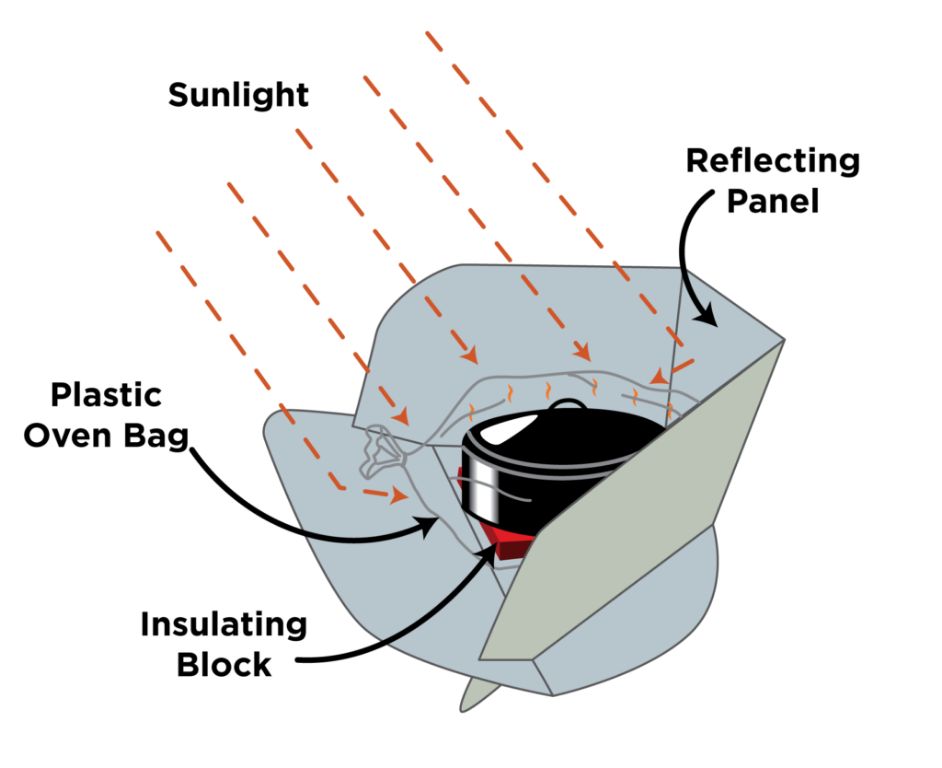
On a sunny day, a solar cooker can heat food and water to cooking temperatures in about 20-30 minutes. Pots and food should be preheated before adding ingredients for cooking. Solar ovens work best in direct sunshine during hours of peak sunlight.
Solar cookers use the same principles of light reflection and heat retention as a conventional oven, just with free renewable solar energy instead of electricity or gas. The technology provides a sustainable way to cook without consuming fuels or producing emissions.
Key factors that make solar cookers effective include:
– Reflectors to concentrate sunlight
– Dark cookware to efficiently absorb heat
– Insulated enclosure to retain heat
– Tight-sealing lid to hold in moisture and temperature
Foods You Can Cook
Solar cookers are great for slow cooking foods like beans, rice, stews, breads and desserts. The key is to make use of the constant heat source from the sun. Slow cooking allows ingredients to gradually meld together into flavorful dishes without burning.
Beans like kidney beans and chickpeas are ideal for solar cooking since they need several hours of gentle simmering. Simply soak beans overnight, then cook 4-6 hours in the solar oven with seasonings until tender (Source).
Rice can also be perfectly cooked using a solar oven. Add rice and water to a pot, bring to a boil, then transfer to the solar cooker for 20-30 minutes until fluffy. Solar ovens make excellent rice cookers!
Hearty stews and chilis work great since all ingredients can be combined in one pot and cooked low and slow. Try recipes like beef stew, lentil soup, or vegetarian chili. The flavors have hours to mingle and deepen.
Breads and desserts that require gentle baking are also ideal solar oven foods. Bake bread rolls, fruit crumbles, or even cakes for a sweet solar-cooked treat (Source). With some trial and error, you can master all kinds of delicious baked goods.
The key is choosing foods that benefit from long, slow cooking and testing cooking times. With practice, solar ovens can cook all sorts of tasty meals.
Tips for Cooking with the Sun
To get the most out of your solar cooker, follow these best practices for optimal cooking:
Adjust the cooker’s orientation often, at least every 30 minutes, to align it precisely with the sun’s rays. This maximizes heat capture as the sun’s position changes throughout the day. Using a solar oven tracker or tripod with adjustable angles can make realignment easier. For fixed position cookers, periodically rotate and tilt the entire unit.
Choose a cooking location with full sun exposure and no shadows. Avoid trees, buildings, or other obstructions that may block sunlight.
Preheat the cooker for 30 minutes before adding food, to allow it to reach maximum temperature.
Use dark pots and pans that absorb heat well. Black enameled cast iron or steel work best.
Keep the cooker’s reflective panels and glass lid clean to optimize light capture.
Raise the cooking vessel off the bottom of the cooker using a metal trivet or rack, to allow air flow underneath.
Stir and rotate food occasionally just as in conventional cooking.
Consider the weather forecast. Avoid cloudy or partly cloudy days for best results. However, solar cooking is possible even on non-ideal days, just allow for additional cooking time.
Try solar cooking earlier in spring or later in fall when solar angles are lower. Simply extend cooking time for the weaker sun.
Track sunlight hours in your area. Start cooking when ample sunlight remains for your particular recipe.
Use a solar cooker thermometer to check internal temperature as food cooks.
Adapt recipe ingredients, amounts or prep to suit solar cooking. For example, cut food into smaller pieces to reduce cooking time.
Recipes for Solar Cookers
Solar cookers can be used to prepare a wide variety of delicious dishes. Here are a few recipes that are optimized for cooking with the power of the sun:
Solar Oven-Baked Chicken
Chicken bakes beautifully in a solar oven. Try this simple baked chicken recipe from https://gosun.co/blogs/recipes/top-10-best-solar-cooker-recipes:
Ingredients:
- 1 whole chicken
- 2 tablespoons olive oil
- 1 teaspoon salt
- 1 teaspoon pepper
Instructions:
- Coat the chicken with olive oil and season with salt and pepper.
- Place the chicken in a cooking vessel suitable for your solar cooker.
- Cook for 2-4 hours, until the internal temperature reaches 165°F.
Solar Quesadillas
Try this quick and easy quesadilla recipe from https://www.solarcooker-at-cantinawest.com/solarcookingrecipes.html:
Ingredients:
- Flour tortillas
- Shredded cheese
- Sliced peppers and onions (optional)
Instructions:
- Layer shredded cheese and veggies between two tortillas.
- Cook in the solar oven for 15-30 minutes until the cheese melts.
- Cut into wedges to serve.
Pros and Cons of Solar Cooking
Solar cooking has many benefits but also some limitations to consider.
Benefits of Solar Cooking
The main advantages of cooking with the sun include:
- Clean energy source – Solar cooking does not require electricity or fuel, reducing your environmental impact. It’s a sustainable way to cook.
- Free energy – The sun’s energy is free. Once you have the equipment, you can cook for free.
- Portable – Most solar cookers are portable and compact, making them easy to take camping or use in remote locations.
- Healthy – Cooking with the sun produces no smoke, fumes or pollution. It helps retain more nutrients in food compared to other cooking methods.
- Versatile – You can cook a variety of foods in a solar cooker, from meats to veggies to baked goods. Even eggs, bread and pizza are possible.
- Safe – There’s no risk of burns, fires, or carbon monoxide like with other types of cookers. Kids can safely be involved in solar cooking.
Limitations of Solar Cooking
Some drawbacks to consider include:
- Weather dependent – Solar cooking relies on sunny, cloud-free weather. It may not work well in cold, cloudy or rainy conditions.
- Longer cooking times – Food generally takes longer to cook than conventional methods since the sun’s heat is less intense.
- Outdoor space needed – You need outdoor space with exposure to direct sunlight for several hours.
- Monitoring required – The cooker needs regular adjustments to follow the sun. You can’t “set and forget it.”
- Limited to daytime – You can only cook when the sun is shining, not at night or early mornings.
Overall, solar cooking is a sustainable option with many perks. But it requires planning, patience and a sunny climate to work effectively.
Solar Cooking Around the World
Solar cooking has been adopted in many developing countries as a sustainable way to cook food without relying on traditional cooking fuels like wood, charcoal, or kerosene. Several case studies have examined the factors that influence adoption of solar cookers in specific regions.
One study in Bolivia found varying levels of adoption amongst communities given solar cookers by NGOs. Households used solar cookers 0-4 times per week on average. Higher use correlated with higher motivation and satisfaction with the technology, as well as cultural acceptance. Solar cooking was not suitable for all tasks like boiling or cooking large quantities (Otte, 2014).
Similarly, a case study in India among retirees found solar cookers were used 0-3 times per week on average for limited tasks like making tea or heating food. Barriers included inability to cook preferred foods, lack of portability, and longer cooking times. But participants appreciated the environmental benefits (Duggal, 2014).
These case studies demonstrate solar cooking is often adopted for specific uses in developing regions. Adoption depends on motivation, satisfaction, and cultural acceptance of the technology. More improvements may further increase regular usage and displace traditional cooking fuels.
Getting Started
Choosing the right solar cooker is an important first step when getting started with solar cooking. There are a variety of solar cooker types to consider including box cookers, panel cookers, and parabolic cookers. Beginners may want to start with an inexpensive, easy to use option like a cardboard panel cooker before investing in a more advanced model. Helpful resources for solar cooking beginners include Solar Cookers International which provides plans for building your own cooker, tips on cooking techniques, and recipes to try.
It’s also important to understand your local conditions like average sunny days per year and typical wind speeds. Testing out different locations around your home to find the sunniest spots can help maximize solar cooker efficiency. Having realistic expectations about cook times is also key – most solar recipes take 1-2 hours. Patience and planning ahead are prerequisites for successful solar cooking.

